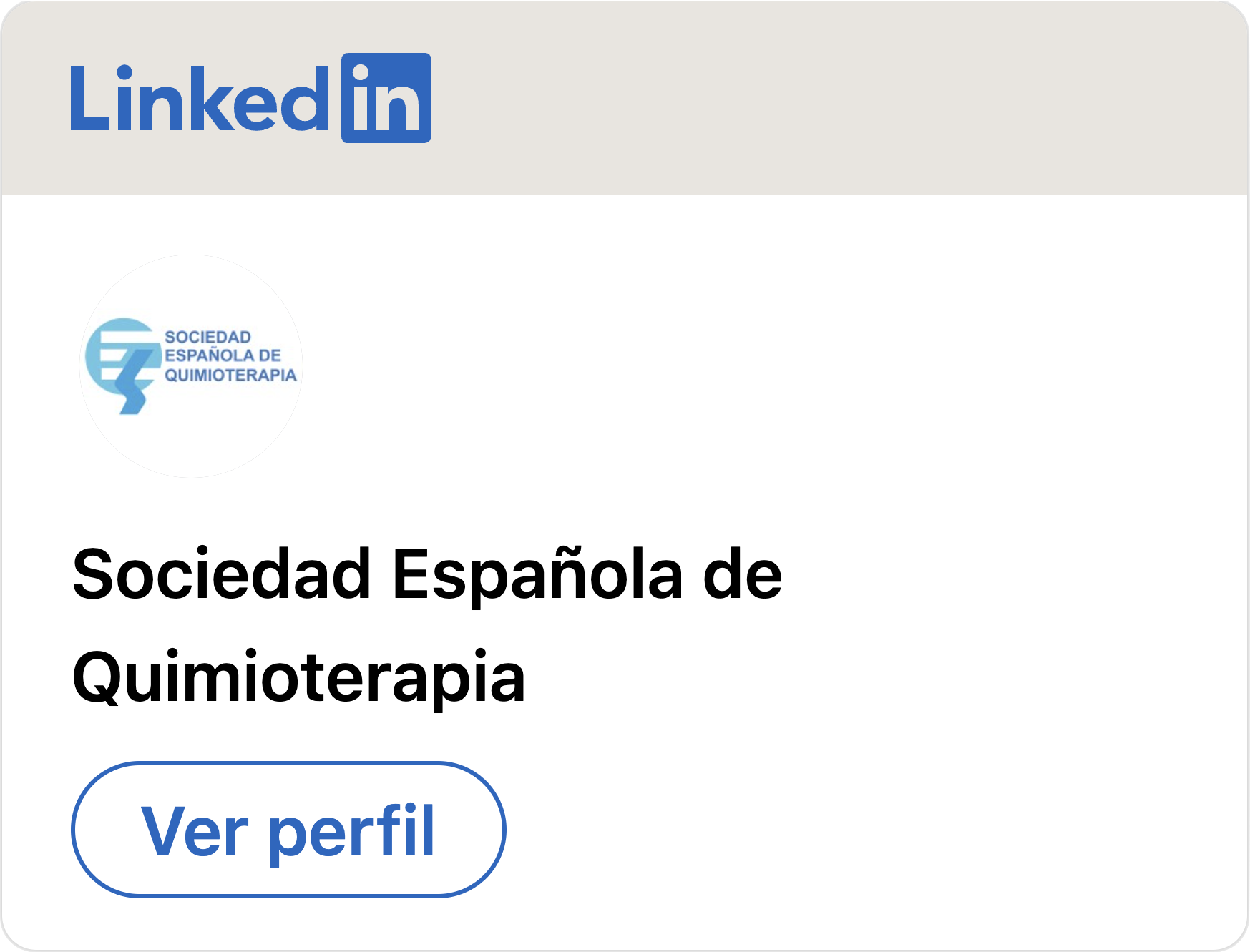Rev Esp Quimioter 2011:24(2):84-90
Resistance of Streptococcus pneumoniae isolated from Lebanese patients between 2005 and 2009
Z. DAOUD, M. KOURANI, R. SAAB, M. A. NADER, M. HAJJAR
Introduction: Streptococcus pneumoniae is an important organism in view of its prevalence and ability to cause serious infections; its resistance to antimicrobial agents is increasing worldwide. The purpose of this study was to evaluate the patterns of resistance of S. pneumoniae to penicillin, macrolides and various other antibiotics in strains isolated from Lebanese patients.
Methods: 121 strains isolated between January 2005 and January 2009 from two university hospitals in Beirut were identified and tested for MIC determination using the E-test method. The presence of erm(B) and mef(A/E) genes was investigated using PCR.
Results: The majority of the strains (73.5%) were isolated from respiratory tract infections, 50.4% were isolated in winter, 15.7% were invasive strains, 61.9% came from male patients, and 68.5% from adults. Out of 121 isolates, 58 were susceptible to penicillin, 61 were intermediate, and 2 were fully resistant to this antibiotic. Amoxicillin-clavunanic acid and cefpodoxime showed 100% activity on all tested isolates. In general, the MICs90 appear to fluctuate within the same range over the four years. The erm(B) gene was detected in 85.3% of the isolates, mef(A/E) in 19.5% whereas erm(A) was not detected in any of the macrolide resistant strains.
Discussion: The results of this study have important impact on the empirical antibiotic prescriptions; the increasing prevalence of resistance jeopardises the treatment choices posing a serious threat. Further surveillance and epidemiological serotyping are needed to monitor the local and regional resistance patterns and to track the spread route of resistance.
Rev Esp Quimioter 2011:24(2):84-90 [pdf]

